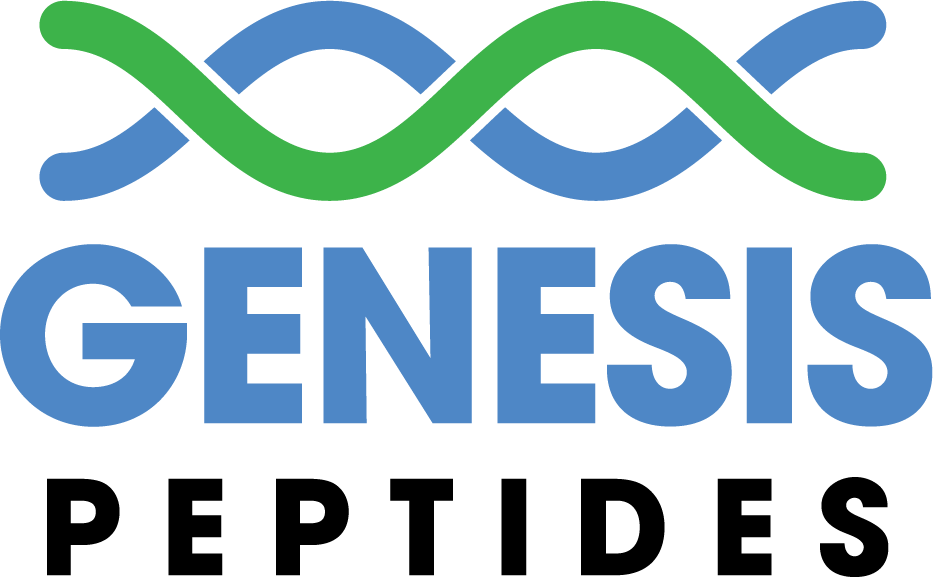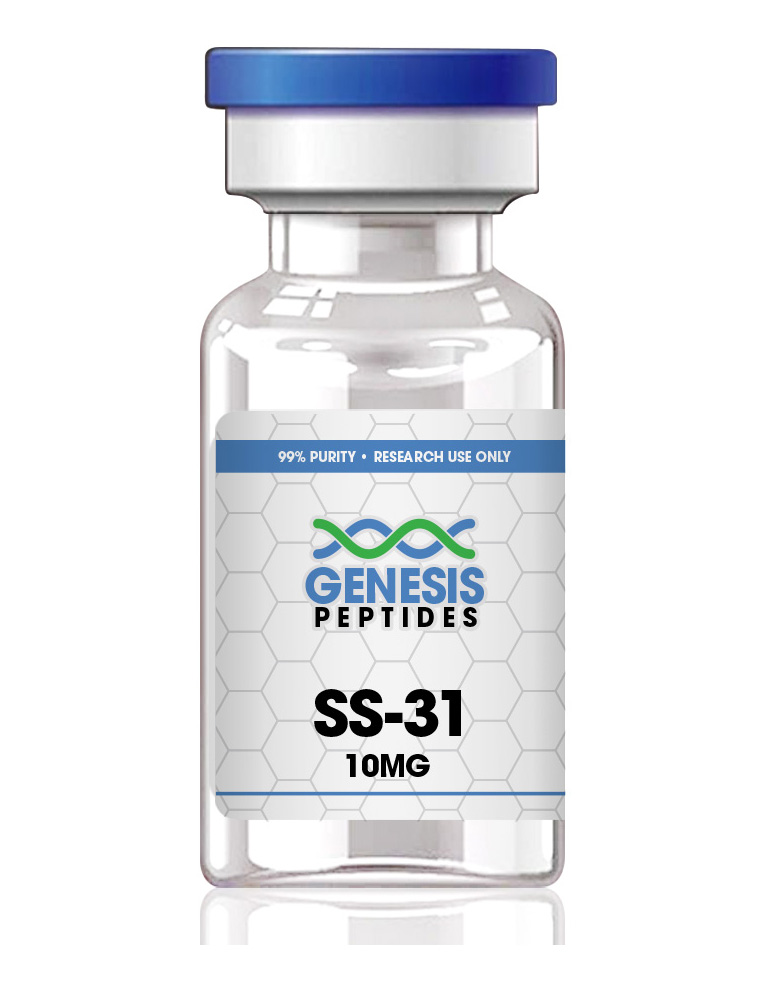What is SS31?
SS31, also known as MitoQ or elamipretide, is a mitochondria-targeted tetrapeptide that is thought to have antioxidative and anti-apoptotic properties (Safdar et al., 2011). It has been studied in various disease models, including neurodegeneration, cardiac ischemia, and mitochondrial diseases, due to its potential to protect against oxidative stress and cell death (Szeto, 2014).
What is the key mechanism of action for SS31?
SS31’s mechanism of action primarily involves its interaction with the inner mitochondrial membrane, where it is believed to reduce oxidative stress by neutralizing reactive oxygen species (ROS). It can also inhibit the opening of the mitochondrial permeability transition pore (mPTP), preventing cell death (Szeto, 2014).
SS31 can help to maintain mitochondrial function and integrity, and thereby potentially improving cell survival and organ function under pathological conditions (Siegel et al., 2013).
What are some of the benefits of SS31?
SS31 and Neurodegeneration: Due to its antioxidative properties, SS31 has shown promise in models of neurodegenerative diseases, such as Alzheimer’s and Parkinson’s, where mitochondrial dysfunction and oxidative stress play a significant role (Chen et al., 2018).
SS31 and Cardiac Ischemia: In models of cardiac ischemia and reperfusion injury, SS31 was found to reduce infarct size and improve heart function, likely due to its ability to protect the mitochondria and limit cell death (Birk et al., 2013).
SS31 and Mitochondrial Diseases: SS31 has potential therapeutic value in treating mitochondrial diseases, which are often characterized by increased oxidative stress and mitochondrial dysfunction (Siegel et al., 2013).
SS31 and Aging: Studies suggest that SS31 could potentially mitigate some of the cellular effects of aging, as it targets the mitochondria, which are thought to play a key role in the aging process (Szeto, 2014).
SS31 and Kidney Disease: SS31 was found to provide nephroprotection in a model of acute kidney injury, potentially due to its ability to protect against mitochondrial dysfunction (Eirin et al., 2016).
References:
Safdar, A., Bourgeois, J. M., Ogborn, D. I., Little, J. P., Hettinga, B. P., Akhtar, M., … & Tarnopolsky, M. A. (2011). Endurance exercise rescues progeroid aging and induces systemic mitochondrial rejuvenation in mtDNA mutator mice. Proceedings of the National Academy of Sciences, 108(10), 4135-4140.
Szeto, H. H. (2014). First-in-class cardiolipin-protective compound as a therapeutic agent to restore mitochondrial bioenergetics. British Journal of Pharmacology, 171(8), 2029-2050.
Siegel, M. P., Kruse, S. E., Percival, J. M., Goh, J., White, C. C., Hopkins, H. C., … & Marcinek, D. J. (2013). Mitochondrial-targeted peptide rapidly improves mitochondrial energetics and skeletal muscle performance in aged mice. Aging Cell, 12(5), 763-771.
Chen, C., Turnbull, D. M., & Reeve, A. K. (2019). Mitochondrial Dysfunction in Parkinson’s Disease-Cause or Consequence?. Biology, 8(3), 38.
Birk, A. V., Liu, S., Soong, Y., Mills, W., Singh, P., Warren, J. D., … & Szeto, H. H. (2013). The mitochondrial-targeted compound SS-31 re-energizes ischemic mitochondria by interacting with cardiolipin. Journal of the American Society of Nephrology, 24(8), 1250-1261.
Eirin, A., Ebrahimi, B., Zhang, X., Zhu, X. Y., Tang, H., Crane, J. A., … & Lerman, L. O. (2016). Mitochondrial targeted peptides attenuate residual myocardial damage after reversal of experimental renovascular hypertension. Journal of hypertension, 34(2), 351-362.

